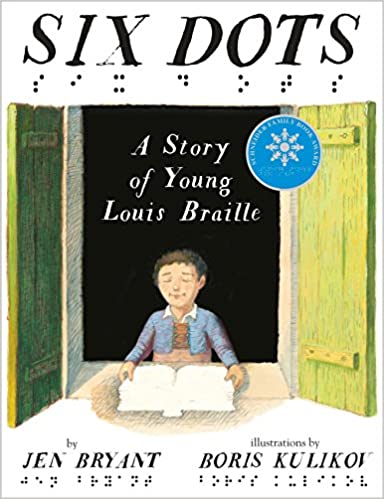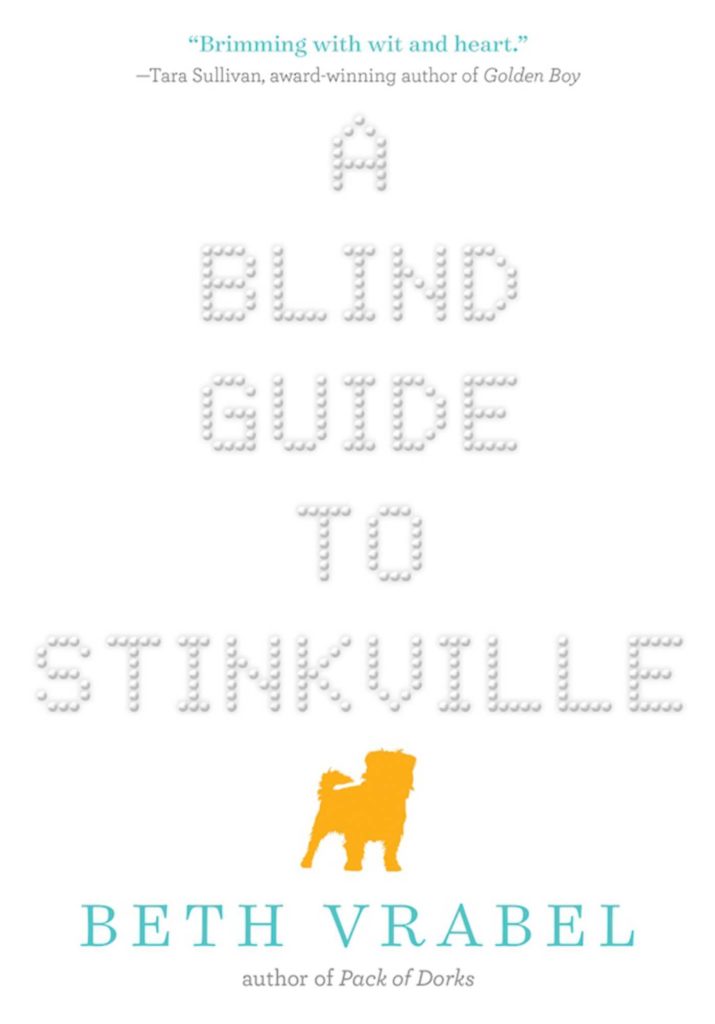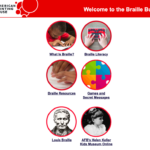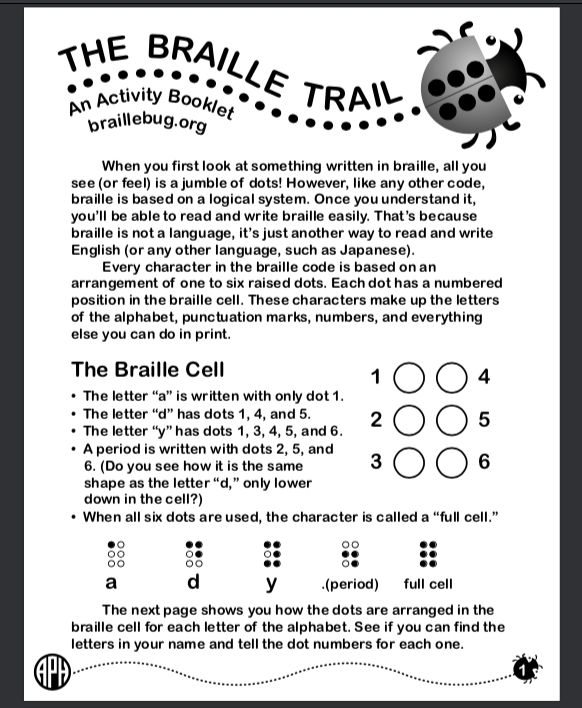ENRICHMENT
Blindness and Low Vision Resources
This unit helps students understand that the part of the body affected by blindness or low vision is the eye, and that someone who is blind or has low vision can use a variety of useful techniques and assistive technology to be independent and to participate in activities of daily life.
Key themes:
- Blindness or low vision are among the many traits that contribute to making a person the individual that he or she is.
- Individuals can experience a broad spectrum of visual disabilities, from having some usable vision to extremely limited or no vision.
- People with blindness or low vision make individual choices regarding mobility (sighted guide, cane, guide dog).
- Technology is playing an increasingly important role in enabling people with blindness or low vision to do everyday tasks and to function more independently.

People with blindness or low vision do lots of things like play sports and participate in other activities, sometimes with adaptations.
Suggested reading – Two great books!
We suggest reviewing our extensive guide to finding suggested reading titles online, for free or at very low cost. You can find our guide here.

Picture Book: Six Dots: A Story of Young Louis Braille, by Jen Bryant
For grades 1-4
Summary: This picture book biography of Louis Braille (1809–59) strikes a perfect balance between the seriousness of Braille’s life and the exuberance he projected out into the world. The text highlights Braille’s determination to pursue an education. Readers will learn how he attended the Royal School in Paris and was frustrated by the lack of books for the blind, an obstacle that set him off on a long quest to invent an accessible reading system. Braille ultimately found success by simplifying a military coding technique that had earlier been introduced but was far too complex.
Listen to author Jen Bryant talk about the inspiration for her wonderful book!
And go to her webpage for all things Six Dots, including a downloadable discussion guide.

Chapter Book: Blind Guide to Stinkville, by Beth Vrabel
For Grades 2-7
Summary: Before Stinkville, Alice didn’t think albinism—or the blindness that goes with it—was a big deal. Sure, she uses a magnifier to read books. And a cane keeps her from bruising her hips on tables. Putting on sunscreen and always wearing a hat are just part of life. But life has always been like this for Alice. Until Stinkville.
- How would you describe Alice to a friend?
- Did characters make assumptions about a person with disabilities? How did the characters change their attitude as the story progressed?
- What challenges does someone with low vision have in school that may prevent them from being able to learn? What tools can they use to help them?
- How does Alice change as the story unfolds? How does she advocate for herself?
- What tasks does she accomplish that surprised you?
- Why do you think being independent is important to Alice?
- What are some of the things Alice noticed that others in the story didn’t?
Web-based resource: BrailleBug.org by American Printing House for the Blind
Offline activity: The Braille Trail activity booklet
Download this fun activity booklet and “follow the Braille Trail” to learn the basics of braille, including braille riddles, a matching game, and more.



